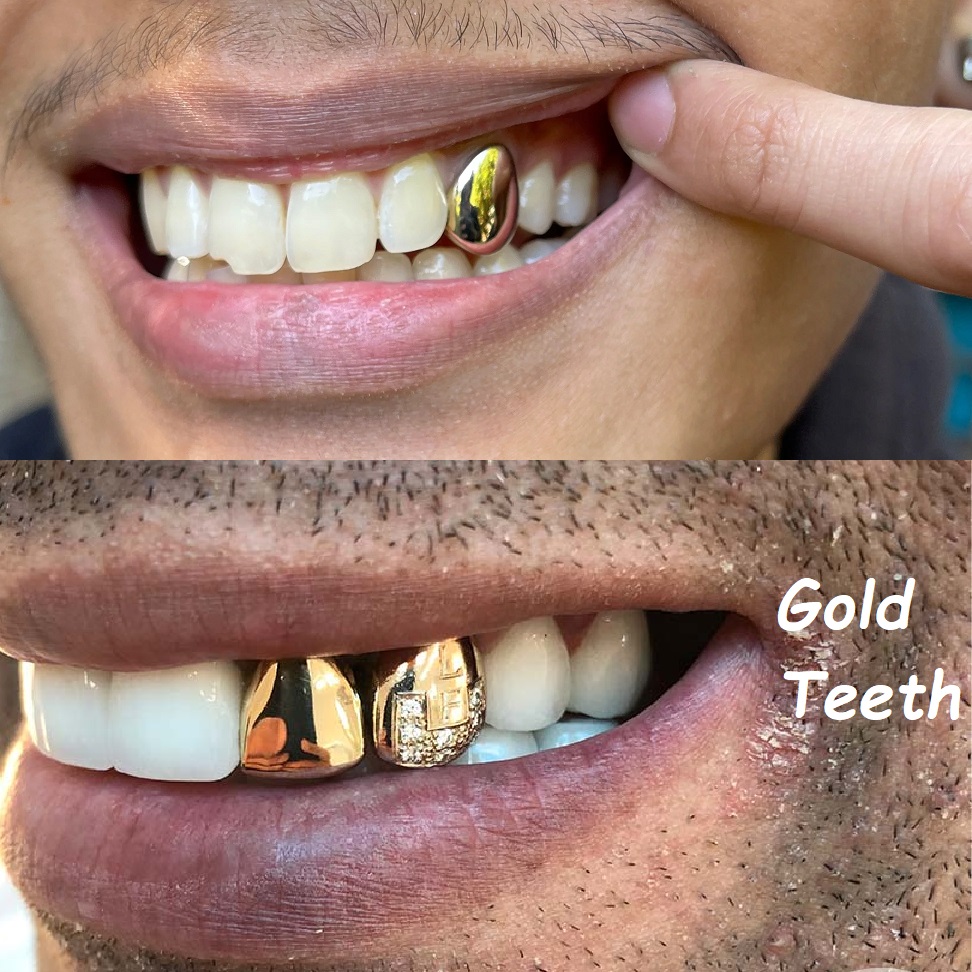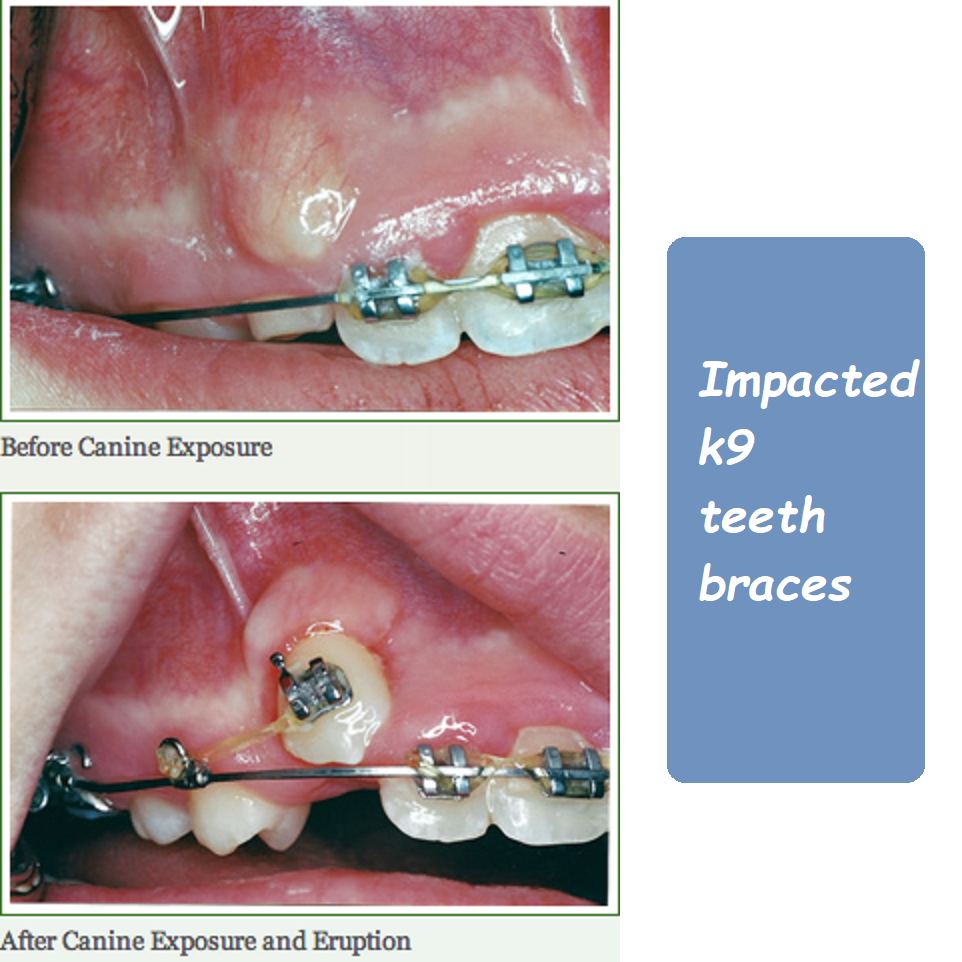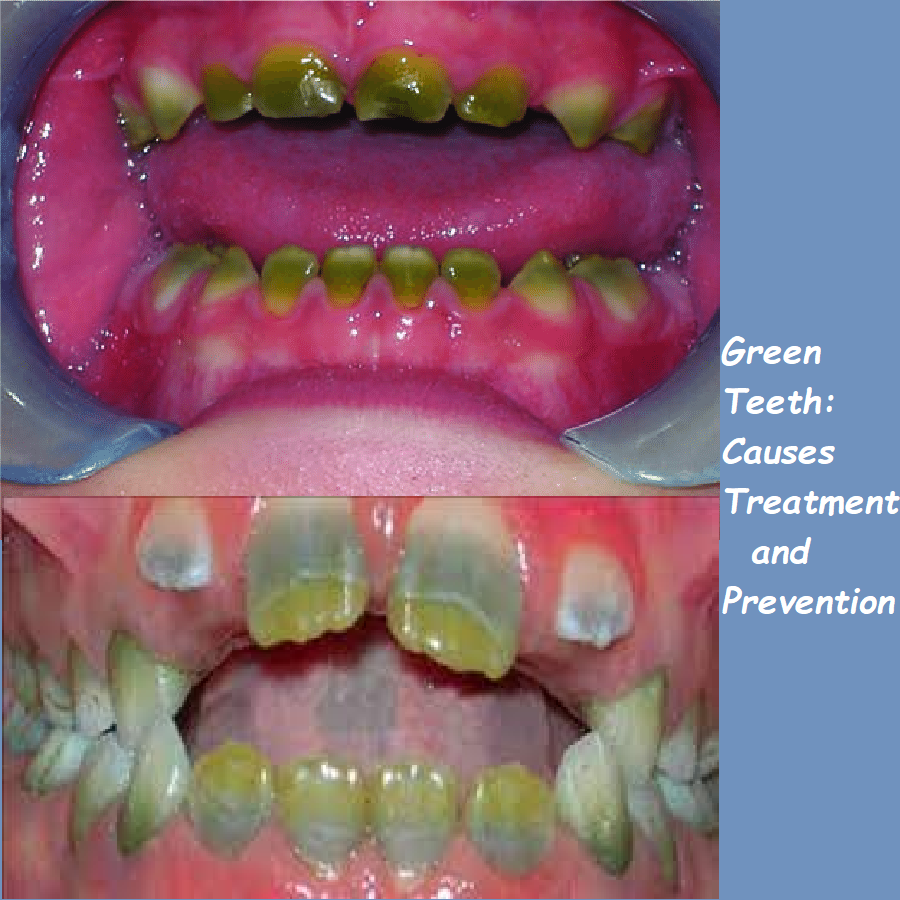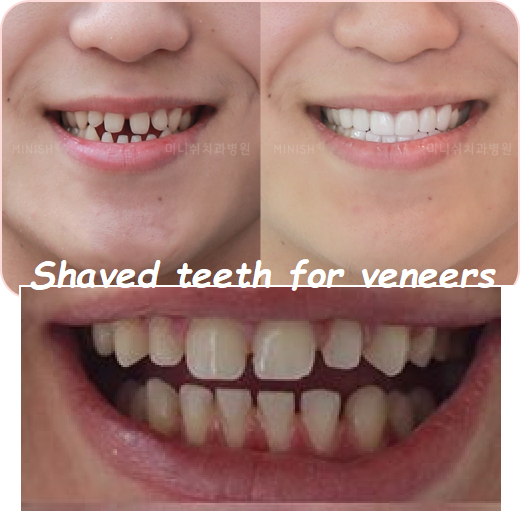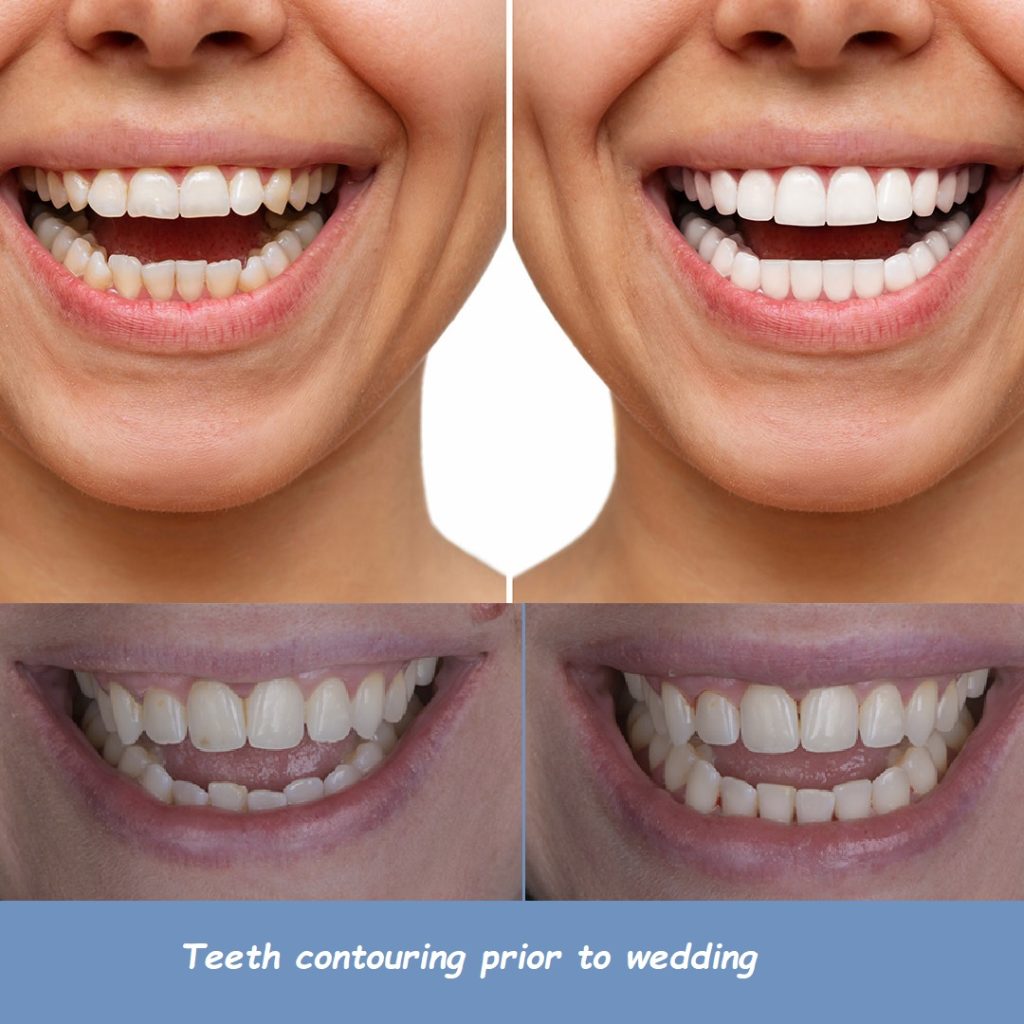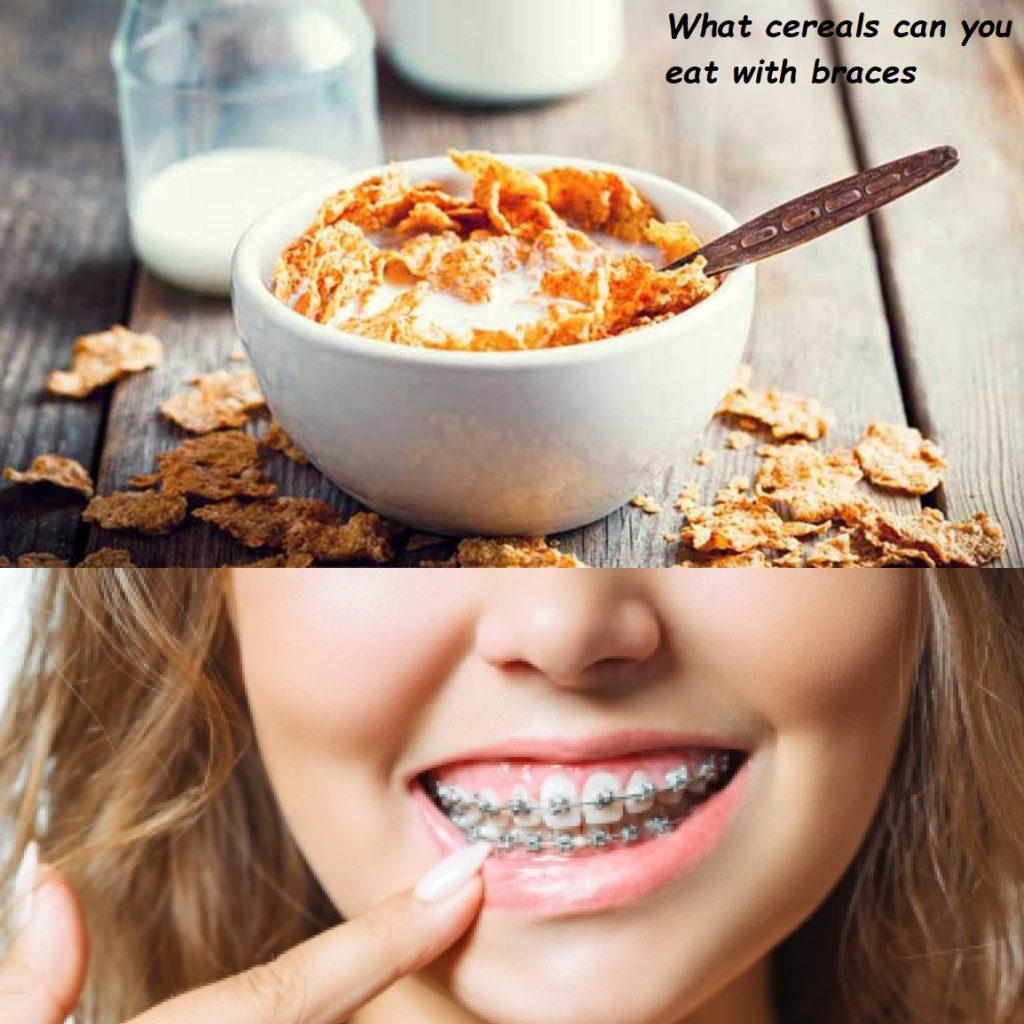metal braces vs ceramic

Orthodontic treatments have evolved significantly, offering various options to suit different needs and preferences. Among the most popular choices are metal braces and ceramic braces. Both types effectively correct misaligned teeth and bite issues, but they have distinct differences in terms of appearance, cost, comfort, and treatment duration. This comprehensive guide will explore the pros and cons of metal braces vs. ceramic braces, helping you make an informed decision for your orthodontic treatment.
Overview of Metal Braces
What Are Metal Braces?
Metal braces, also known as traditional braces, have been used for decades to correct dental misalignments. They consist of metal brackets, archwires, and elastic bands. The brackets are attached to the teeth, and the archwire is threaded through them, applying continuous pressure to move the teeth into their proper positions.
Advantages of Metal Braces
- Durability: Metal braces are made of high-quality stainless steel, making them highly durable and resistant to breakage. They are suitable for correcting severe orthodontic issues and can withstand the rigors of daily wear.
- Effectiveness: Metal braces are highly effective in treating a wide range of dental problems, including crowding, gaps, overbites, underbites, and crossbites. They provide precise control over tooth movement, ensuring optimal results.
- Cost-Effective: Metal braces are generally more affordable than other orthodontic options. They offer excellent value for money, especially for patients with complex dental issues that require extensive treatment.
- Versatility: Metal braces can be customized with colored elastics, allowing patients to express their personality and style. This feature is particularly popular among younger patients.
Disadvantages of Metal Braces
- Visibility: One of the most significant drawbacks of metal braces is their visibility. The metal brackets and wires are noticeable, which can make some patients self-conscious about their appearance during treatment.
- Discomfort: Metal braces can cause discomfort, especially after adjustments. The brackets and wires can irritate the inside of the mouth, leading to sores and discomfort.
- Dietary Restrictions: Patients with metal braces need to avoid certain foods that can damage the braces, such as sticky, chewy, and hard foods. This can be inconvenient and require significant dietary adjustments.
Overview of Ceramic Braces
What Are Ceramic Braces?
Ceramic braces are similar to metal braces but use clear or tooth-colored ceramic brackets instead of metal ones. This makes them less noticeable and more aesthetically pleasing. The archwires can also be clear or tooth-colored to enhance their discreet appearance.
Advantages of Ceramic Braces
- Aesthetic Appeal: The primary advantage of ceramic braces is their aesthetic appeal. The clear or tooth-colored brackets blend in with the teeth, making them less noticeable than metal braces. This is particularly appealing to adults and teenagers who are concerned about their appearance during treatment.
- Effectiveness: Ceramic braces are just as effective as metal braces in correcting various dental issues. They provide precise control over tooth movement and can treat complex orthodontic problems.
- Comfort: Ceramic brackets are smoother and less likely to irritate the inside of the mouth compared to metal brackets. This can result in a more comfortable treatment experience.
Disadvantages of Ceramic Braces
- Cost: Ceramic braces are generally more expensive than metal braces due to the materials used and their aesthetic benefits. This can make them less accessible for patients on a tight budget.
- Durability: Ceramic brackets are more fragile and prone to breakage than metal brackets. They require careful handling and may not be suitable for patients with severe orthodontic issues.
- Staining: The clear or tooth-colored brackets and elastic bands can stain if not properly cared for. Patients need to avoid foods and beverages that can cause staining, such as coffee, tea, and red wine.
Comparison of Metal Braces vs. Ceramic Braces
Appearance
- Metal Braces: Metal braces are highly visible due to their shiny metal brackets and wires. While they can be customized with colored elastics, they are still noticeable, which can be a concern for self-conscious patients.
- Ceramic Braces: Ceramic braces are much less noticeable due to their clear or tooth-colored brackets. This makes them a more attractive option for patients who prioritize aesthetics.
Cost
- Metal Braces: Metal braces are typically more affordable than ceramic braces. They offer excellent value for money, especially for patients with complex dental issues that require extensive treatment.
- Ceramic Braces: Ceramic braces are more expensive due to the materials used and their aesthetic benefits. The higher cost may be a consideration for patients on a tight budget.
Durability
- Metal Braces: Metal braces are highly durable and resistant to breakage. They can withstand the rigors of daily wear and are suitable for treating severe orthodontic issues.
- Ceramic Braces: Ceramic brackets are more fragile and prone to breakage. They require careful handling and may not be suitable for patients with severe orthodontic problems.
Comfort
- Metal Braces: Metal braces can cause discomfort, especially after adjustments. The brackets and wires can irritate the inside of the mouth, leading to sores and discomfort.
- Ceramic Braces: Ceramic brackets are smoother and less likely to irritate the inside of the mouth. This can result in a more comfortable treatment experience.
Treatment Duration
- Metal Braces: Treatment duration with metal braces is generally shorter compared to ceramic braces. The metal brackets and wires provide more precise control over tooth movement.
- Ceramic Braces: Treatment duration with ceramic braces may be slightly longer due to the fragility of the brackets and the need for careful handling.
Frequently Asked Questions
Can Metal and Ceramic Braces Be Used Together?
Yes, it is possible to use a combination of metal and ceramic braces. Some orthodontists use metal brackets on the lower teeth and ceramic brackets on the upper teeth to balance aesthetics and durability. This approach provides the benefits of both types of braces.
Are Ceramic Braces Suitable for Everyone?
Ceramic braces are suitable for most patients, but they may not be ideal for individuals with severe orthodontic issues or those who engage in activities that could damage the brackets. An orthodontist can determine if ceramic braces are the right option based on the patient’s specific needs.
Do Ceramic Braces Stain Easily?
Ceramic braces can stain if not properly cared for. Patients should avoid foods and beverages that can cause staining, such as coffee, tea, red wine, and certain spices. Regular brushing and flossing can help prevent staining and maintain the appearance of the braces.
Which Type of Braces Is More Comfortable?
Both metal and ceramic braces can cause discomfort, especially after adjustments. However, ceramic brackets are smoother and less likely to irritate the inside of the mouth, potentially offering a more comfortable treatment experience.
How Do I Choose Between Metal and Ceramic Braces?
Choosing between metal and ceramic braces depends on several factors, including budget, aesthetic preferences, the severity of the orthodontic issue, and lifestyle considerations. Consulting with an orthodontist can help determine the best option based on individual needs and goals.
Case Studies: Real-Life Examples
Case Study 1: Emily’s Experience with Metal Braces
Emily, a 15-year-old high school student, had severe overcrowding and misaligned teeth. Her orthodontist recommended metal braces due to their durability and effectiveness in treating complex orthodontic issues. Over the course of 18 months, Emily’s teeth were gradually aligned, and her overcrowding was resolved. She appreciated the customization options with colored elastics, which allowed her to express her personality during treatment.
Case Study 2: John’s Journey with Ceramic Braces
John, a 30-year-old professional, was concerned about the appearance of his smile during orthodontic treatment. He opted for ceramic braces due to their discreet appearance. Over 20 months, John’s teeth were aligned, and his bite was corrected. He found the ceramic brackets more comfortable and was pleased with the aesthetic appeal of his braces, which were less noticeable during important meetings and social events.
Case Study 3: Sarah’s Success with a Combination of Metal and Ceramic Braces
Sarah, a 25-year-old graduate student, had moderate misalignment and a slight overbite. Her orthodontist suggested a combination of metal and ceramic braces—metal brackets on the lower teeth for durability and ceramic brackets on the upper teeth for aesthetics. Over 18 months, Sarah’s teeth were aligned, and her overbite was corrected. She appreciated the balance of aesthetics and effectiveness provided by the combination approach.
Maintaining Oral Health During Orthodontic Treatment
Oral Hygiene Practices
Maintaining good oral hygiene is crucial during orthodontic treatment to prevent tooth decay and gum disease. Patients should brush and floss regularly, paying special attention to cleaning around the brackets and wires. Using interdental brushes and water flossers can help clean hard-to-reach areas.
Dietary Considerations
Patients with braces should avoid certain foods that can damage the brackets and wires, such as sticky, chewy, and hard foods. It is essential to follow the orthodontist’s dietary recommendations to ensure the braces remain intact and effective.
Regular Dental Check-ups
In addition to orthodontic appointments, regular dental check-ups are essential to monitor oral health and address any issues promptly. Professional cleanings can help remove plaque and tartar buildup around the braces.
Conclusion
Choosing between metal braces and ceramic braces depends on individual preferences, budget, and the specific orthodontic needs of the patient. Metal braces are highly durable, cost-effective, and effective for treating severe orthodontic issues. However, they are more visible and may cause discomfort. Ceramic braces, on the other hand, offer aesthetic appeal, comfort, and effectiveness but are more expensive and fragile.
Consulting with an orthodontist is crucial to determine the best option for your orthodontic treatment. Whether you choose metal braces, ceramic braces, or a combination of both, maintaining good oral hygiene and following the orthodontist’s recommendations will help you achieve a healthy, well-aligned smile.

